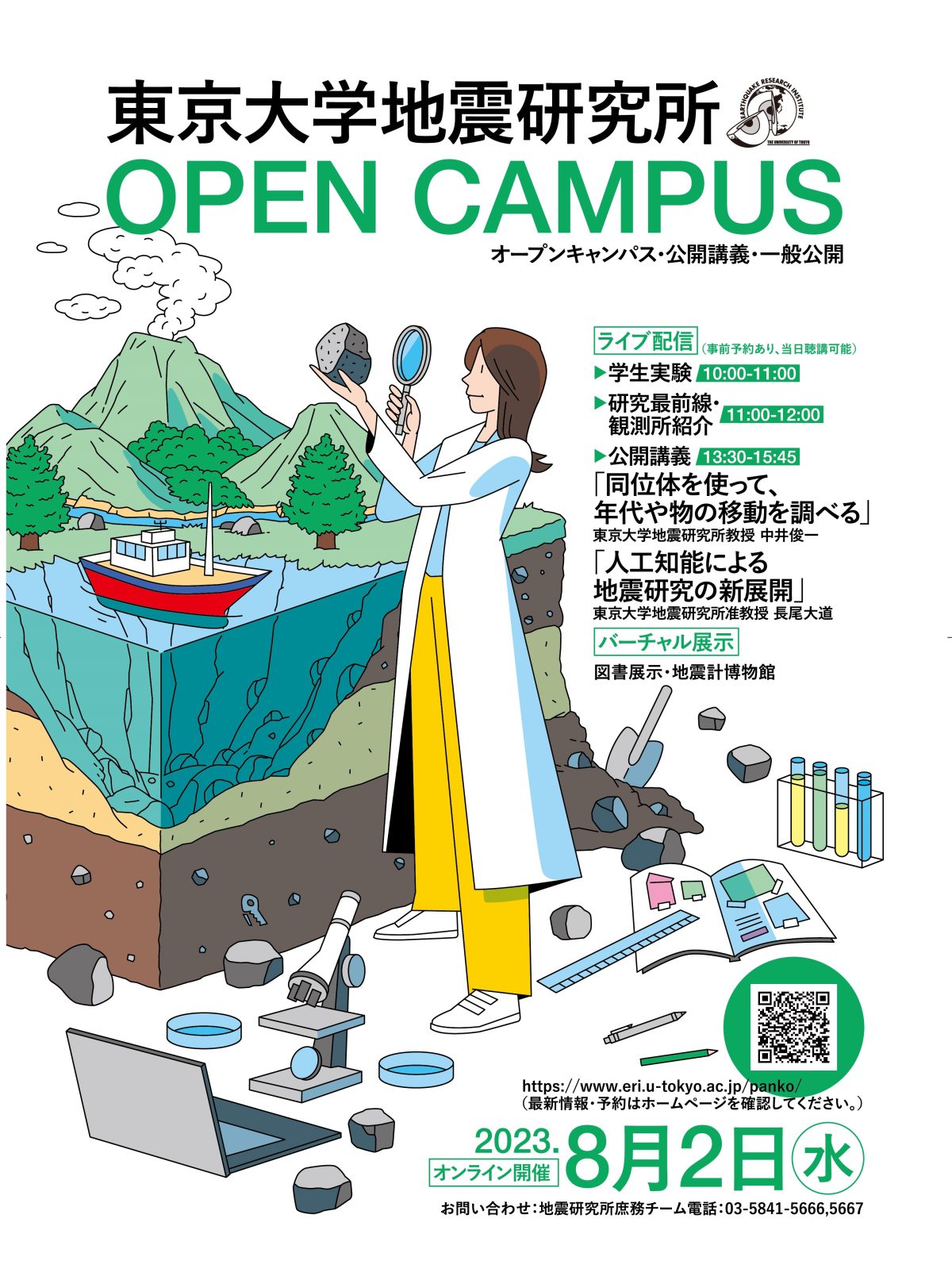Title: Towards improving satellite geodesy: InSAR observation error analysis, modelling, and mitigation
Abstract:
Satellite-based interferometric synthetic aperture radar (InSAR) technology has been increasingly used in geophysical and geotechnical applications, due to its ability of mapping Earth surface’s ground displacements with advantages of all-time and all-weather imaging capability, fine spatial resolution (e.g., < 10m), and wide spatial coverage (e.g., ~ 100s km). After about three decades of rapid development, there are still many challenges in InSAR applications due to different observation errors. In this talk, I will focus on InSAR error analysis and mitigation. First, I will present “what is error” and “what is signal”, and also the differences between “errors” and “wrong results”, then I will present the basic physic mechanisms of these errors, their spatio-temporal characteristics, and potential approaches to model these errors if we cannot correct them in a deterministic way. Then I will present two groups of approaches to mitigate these errors: 1) using InSAR data itself, and 2) using external measurements (e.g., GPS, weather models, other geodetic observations), and I will discuss the advantages and disadvantages of these approaches. In the last part, I will show some geophysical and geohazards applications over Iceland and New Zealand, and discuss the challenges, opportunities, and how InSAR can help us to accelerate our resilience to natural hazards in such a big SAR data era.



